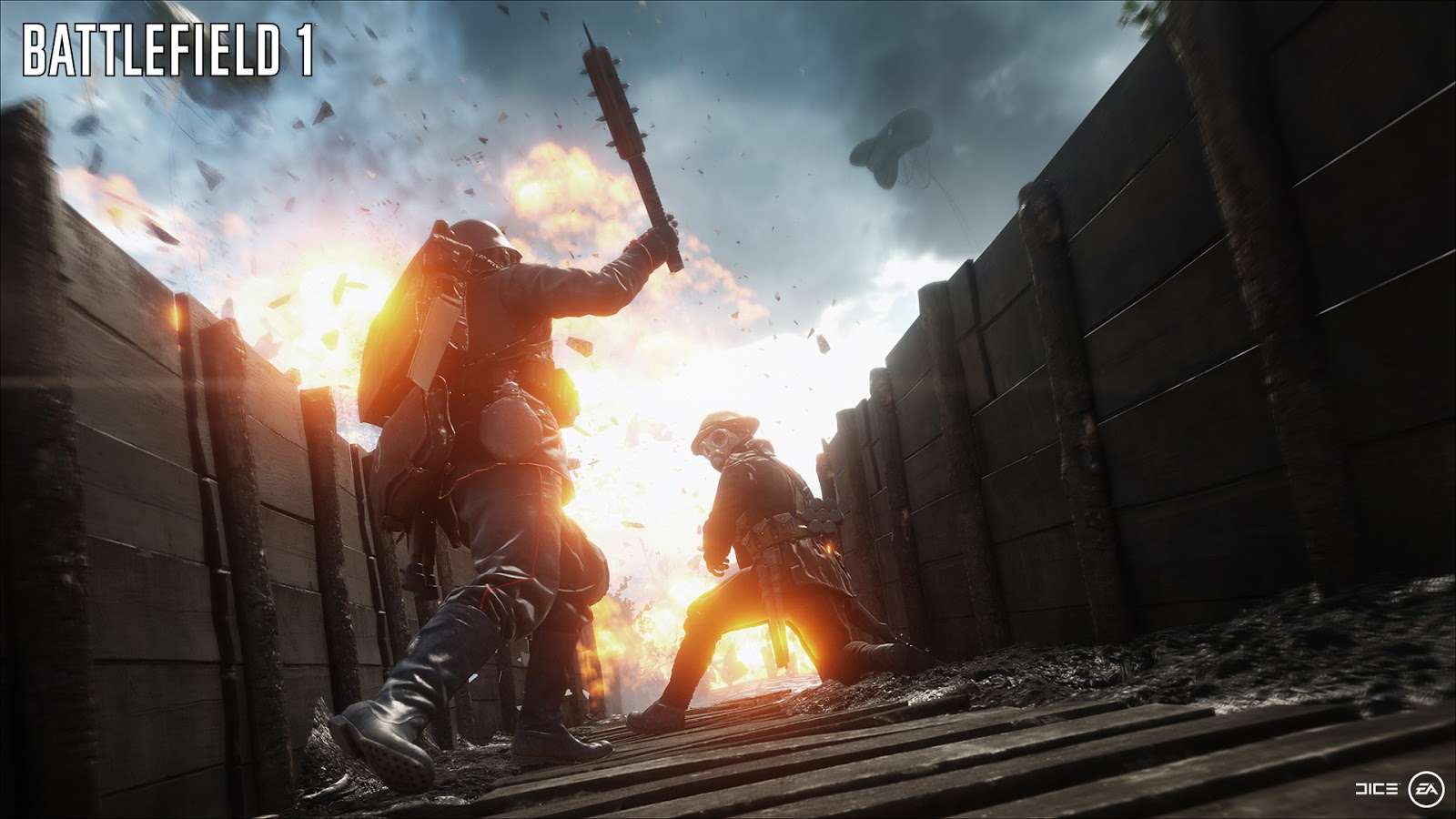

The Pixel 3 embeds the depth information into its JPEG file so you can edit the depth and focus point after the fact in the Google Photos app.ĪI also figures into Top Shot, the feature that kicks in when the camera detects faces and then tries picking a winner out of a sequence. But limits in smartphone image sensors have hobbled the technology.

Google's Pixel 3 smartphones could expand that revolution to mobile phones, too.Īndroid phones have been able to shoot raw images since 2014, when Google added support for Adobe's Digital Negative (DNG) file format to record the unprocessed data.
More than a decade ago, a generation of digital photography enthusiasts and pros discovered the power of shooting with a camera's raw photo format - data taken directly from the image sensor with no extra processing. New computational raw for flexible photos Super Res Zoom slows photo taking and takes more power.Īnd Super Res Zoom doesn't work with video, either, so if you want telephoto there, a second camera still can be worth paying for. Why not at 1X zoom? "It's a performance thing," he said. Those who shoot at the camera's natural focal length might be eager for the extra quality, too, but Super Res Zoom only kicks in at 1.2X zoom or higher, Levoy said. That offers the Pixel 3 a better foundation when it's time to digitally zoom. The result: sharper lines, better colors and no demosaicing. If your phone is on a tripod, the Pixel 3 will use its optical image stabilizer to artificially wobble the view, Levoy said. It combines multiple shots, counting on your imperfectly steady hands to move the phone slightly so it can gather red, green and blue color data - all three colors - for each element of the scene. Super Res Zoom gathers more information in the first place.


 0 kommentar(er)
0 kommentar(er)
